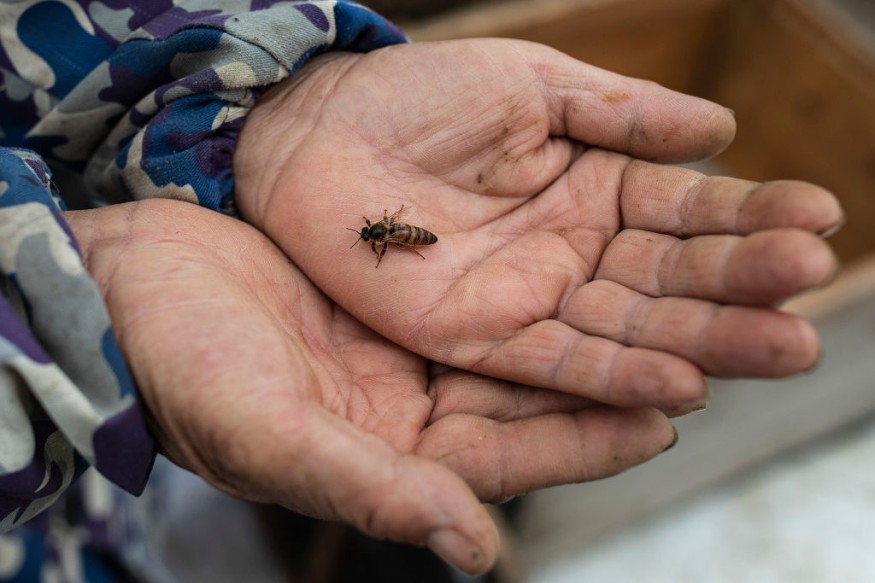
Even with COVID vaccinations happening all around the world, detection is still playing an important role to keep the curve flat enough and reduce the spread of the virus. This is even more vital in poorer countries, where vaccine acquisition is difficult due to costs.
That is why researchers continue to work hard developing additional methods that could detect COVID-19, including training bees to identify the fluids of infected individuals by smell.
How trained bees detect disease
The study was conducted by bio-veterinary researchers at Wageningen University. Using standard Pavlonian training techniques and special sugar-water as a reward, researchers essentially programmed the bees to associate the presence of the sugar-water with the smell of fluid samples taken from patients infected with COVID-19. Their tongues would protrude, expecting the treat, indicating the presence of the smell.
This was not the first time research was done on the trainability of bees. Last year, the University of Buenos Aires also conducted similar research, training honey bees to specifically pollinate fields of sunflowers by leaving food bearing the same flower's scent within the colony.
Both of these studies more or less utilize a bee's amazing capacity for behaving according scents, and even memorizing these smells if they could be associated with some kind of boon. Already, beekeepers and farmers have been looking to use these natural foraging and pollinating habits to use bees as less intrusive ways to improve crops as well as nearby ecosystems.
But in the case of COVID-19, it looks like these habits can be trained beyond just raising flowers. (For instance, they could be released in spaces visited by carriers and help with contact tracing.)
Viability of COVID-19 detection animals
Still, other questions remain regarding the viability of using animals as virus detectors. Asides from bees, dogs have also been considered as a possible sniffer animal for COVID-19. Most of this is because the virus's adverse effects on metabolism ends up producing fluids with a distinctly unusual scent than healthy individuals.
Despite promising findings though, widening the application of detection animals could still have potential obstacles. When it comes to using bees, it is still a bit removed from their natural context of identifying smells for the sake of finding a food source and ensuring the survival of the hive. The research has only been done in a laboratory setting, and there is no telling how effective it would be out in the field where bees could seek out other smells for food sources.
There is also the matter of just how affordable this detection method really is if it is ever brought to the large scale demanded by the current pandemic. Tests have also yet to be done to see just how accurate they are when compared to standard testing kits.
On the other hand, the costs and availability of these same testing kits has been a sore point for many countries (both developed, and developing). The poor response of at least some governments in the distribution of these kits is still fresh on many people's minds. By researching ways to train animals as COVID-19 detectors, healthcare systems could find a new asset that would help alleviate the tension and demand.
Also read: American Honey Still Contains Radioactive Fallout From Nuclear Tests 70 Years Ago
© 2025 NatureWorldNews.com All rights reserved. Do not reproduce without permission.





